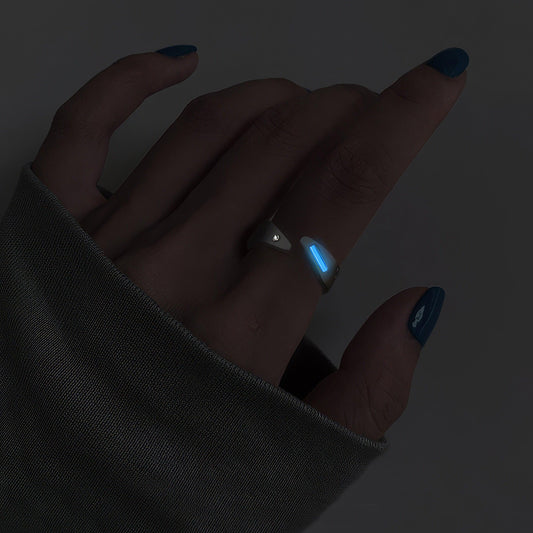The Allure of Laboratory-Made Diamonds Beyond the Sparkle
The Allure of Laboratory-Made Diamonds Beyond the Sparkle
Some years ago, during a balmy summer evening at a friend's wedding, I found myself entranced by the bride’s glittering necklace, its stones catching the fading sunlight in a mesmerizing dance. Later, as we chatted over a table of hors d'oeuvres, she revealed a surprising fact: those dazzling jewels were laboratory-made diamonds. I remember my initial skepticism—how could something so perfect be manufactured rather than mined? That night marked the beginning of my fascination with these remarkable gems.
Laboratory-made diamonds, or lab-grown diamonds, have carved out a unique space in the jewelry world. Made using advanced technologies like High Pressure High Temperature (HPHT) or Chemical Vapor Deposition (CVD), these gems are chemically and physically identical to their natural counterparts. What's more fascinating is the fact that they can be produced in weeks, as opposed to the eons required for nature to forge them deep beneath the Earth’s surface.
However, it’s not just the identical appearance that makes lab-grown diamonds appealing. Their creation involves significantly fewer carbon emissions than traditional diamond mining, a fact that particularly resonates in today’s eco-conscious society. I find it reassuring to know that choosing a lab-grown diamond means supporting sustainable practices without sacrificing glamour.
Beyond their ecological benefits, lab-grown diamonds are also reshaping cultural perceptions of luxury. Traditionally, the rarity and exclusivity of diamonds were prized; owning one was a symbol of status and wealth. Yet, in our ever-evolving modern landscape, there is a budding appreciation for innovation and ethical responsibility as new forms of luxury. Perhaps lab-grown diamonds are pioneers of this shift, showcasing that elegance and conscience can indeed coexist. My aunt, a style maven with a penchant for discussing the latest fashion trends over her morning coffee, recently swapped her collection of traditional diamonds for their lab-grown counterparts. Her choice sparked quite the conversation at our last family brunch, prompting a debate on authenticity and value.
Interestingly, these diamonds are not just capturing the hearts of environmentally conscious buyers. They're becoming increasingly popular among younger couples choosing engagement rings, drawn by their affordability. While natural diamonds can strain the budget, lab-grown diamonds often offer a larger stone for the same price—a detail not lost on anyone planning a wedding. As a friend humorously remarked during her engagement party, “It just means more room in the budget for the honeymoon!”
Despite their growing popularity, the conversation around lab-grown diamonds is not devoid of controversy. Some purists argue that their manufactured origin lacks the romance of a natural stone, formed over billions of years. It’s a viewpoint I understand but don't necessarily share. To me, the allure lies in the perfect blend of science and nature, human ingenuity crafting brilliance aboveground that rivals the finest treasures from below.
In an age where choices define our values more than ever, these man-made marvels are more than just a gem—they are a reflection of conscious decision-making, innovation, and the timeless human love for beauty. So the next time you see a diamond sparkling in the sunlight, think beyond the allure of its shine. Consider the story it tells—the one we’re crafting together, perhaps redefining luxury for generations to come.

























